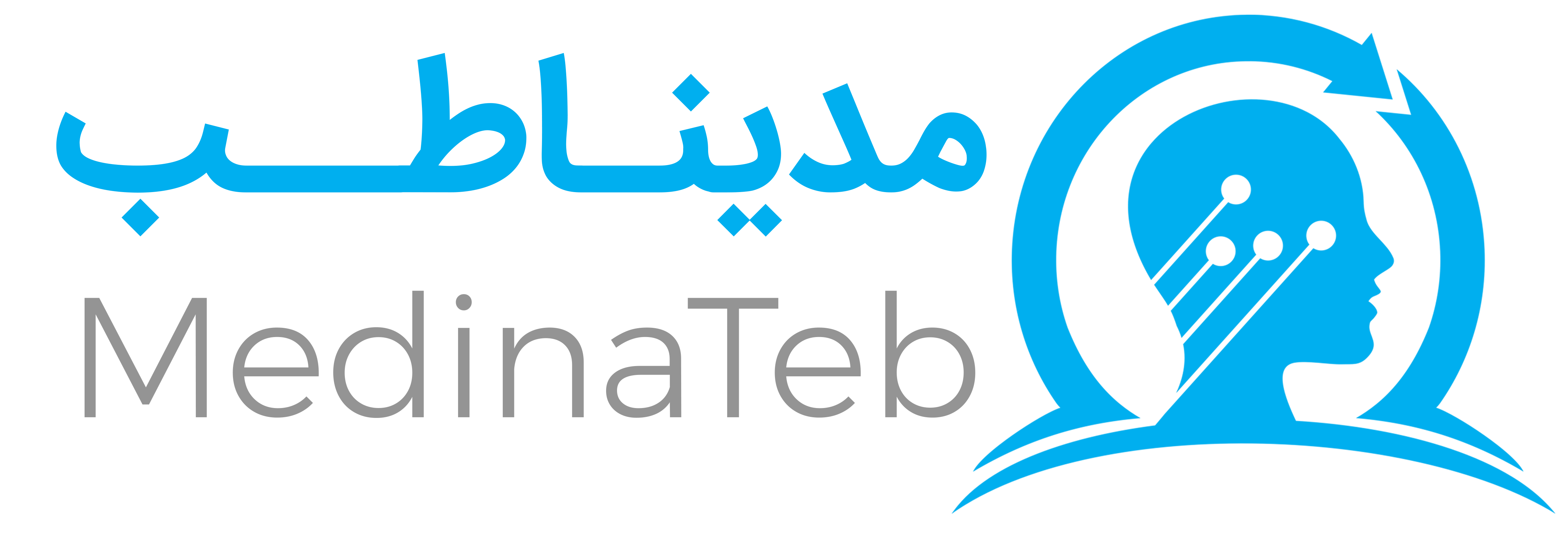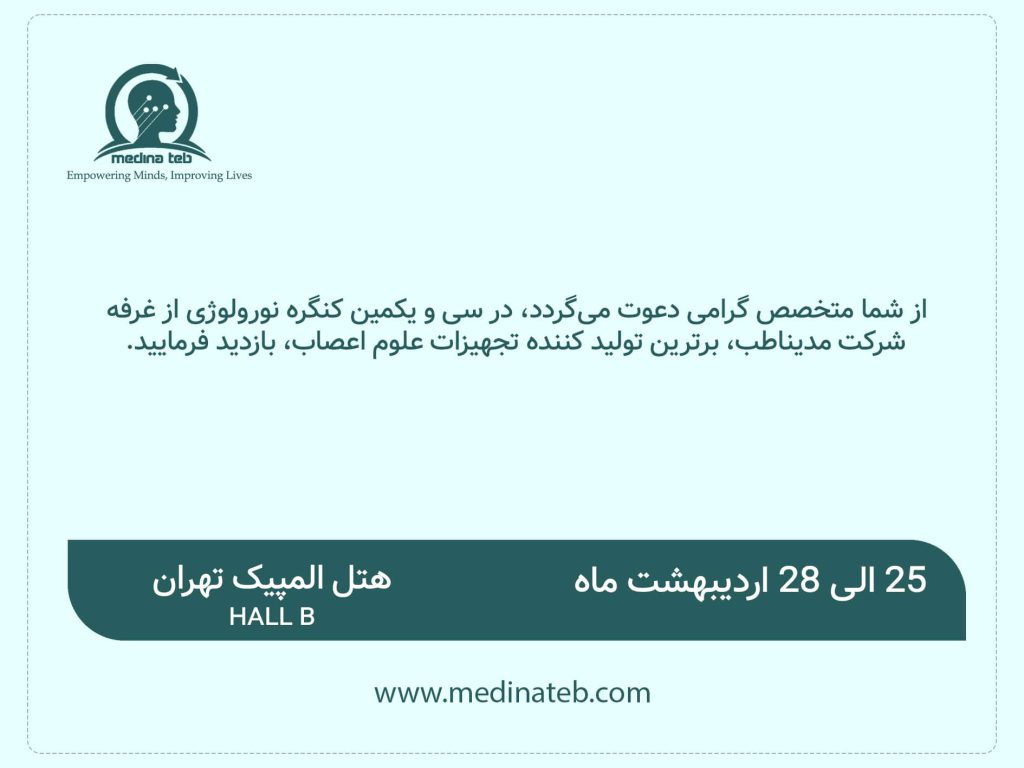Refrences
- Alonso P, Pujol J, Cardoner N, Benlloch L, Deus J, Menchón JM, Capdevila A, Vallejo J (2001) Right prefrontal repetitive anscranial magnetic stimulation in obsessive-compulsive disorder: a double-blind, placebo-controlled study. Am J Psychiatry 158(7):1143–1145
- Chen R, Tam A, Butefi sch C, Corwell B, Ziemann U, Rothwell JC, Cohen LG (1998) Intracortical inhibition and facilitation in different representations of the human motor cortex. J Neurophysiol 80:2870–2881
- Cohen H, Kaplan Z, Kotler M, Kouperman I, Moisa R, Grisaru N (2004) Repetitive transcranial magnetic stimulation of the ight dorsolateral prefrontal cortex in posttraumatic stress disorder: a double-blind, placebocontrolled study. Am J Psychiatry 61(3): 515–524
- Couturier JL (2005) Effi cacy of rapid-rate repetitive transcranial magnetic stimulation in the treatment of depression: a ystematic review and meta-analysis. J Psychiatry Neurosci 30(2):83–90
- Erratum in: Psychopharmacol Bull, 37(2), 5 41. Burt T, Lisanby SH, Sackeim HA (2002) Neuropsychiatric applications of ranscranial magnetic stimulation: a meta analysis. Int J Neuropsychopharmacol 5(1):73–103
- Greenberg BD, George MS, Martin JD, Benjamin J, Schlaepfer TE, Altemus M, Wassermann EM, Post RM, Murphy DL (1997) Effect of prefrontal repetitive transcranial magnetic stimulation in obsessivecompulsive disorder: a preliminary study. Am
- Grisaru N, Amir M, Cohen H, Kaplan Z (1998) Effect of transcranial magnetic stimulation in posttraumatic stress disorder: a reliminary study. Biol Psychiatry 44(1):52–55
- Herrmann LL, Ebmeier KP (2006) Factors modifying the effi cacy of transcranial magnetic stimulation in the treatment of epression: a review. J Clin Psychiatry 67(12):1870–1876
- Holtzheimer PE 3rd, Russo J, Avery DH(2003) A meta-analysis of repetitive transcranial magnetic stimulation in the treatment of Psychopharmacol Bull 35(4):149–169,
- Ilic TV, Meintzschel F, Cleff U, Ruge D, Kessler KR, Ziemann U (2002) Short-interval paired-pulse inhibition and facilitation of human motor cortex: the dimension of stimulus intensity. J Physiol 545:153–167
- J Psychiatry 154(6):867–869
- Kang JI, Kim CH, Namkoong K, Lee CI, Kim SJ (2009) A randomized controlled study of sequentially applied repetitive ranscranial magnetic stimulation in obsessivecompulsive disorder. J Clin Psychiatry 70(12):1645–1651
- Kujirai T, Caramia MD, Rothwell JC, Day BL, Thompson PD, Ferbert A, Wroe S, Asselman P, Marsden CD (1993) orticocortical inhibition in human motor cortex. J Physiol 471: 501–519
- Mantovani A, Lisanby SH, Pieraccini F, Ulivelli M, Castrogiovanni P, Rossi S (2006) Repetitive transcranial magnetic timulation (rTMS) in the treatment of obsessive- compulsive disorder (OCD) and Tourette’s syndrome (TS). Int J Neuropsychopharmacol 9(1):95–100
- Martin JL, Barbanoj MJ, Schlaepfer TE, Thompson E, Pérez V, Kulisevsky J (2003) Repetitive transcranial magnetic stimulation or the treatment of depression. Systematic review and meta-analysis. Br J Psychiatry 182:480–491
- McCann UD, Kimbrell TA, Morgan CM, Anderson T, Geraci M, Benson BE, Wassermann EM, Willis MW, Post RM (1998) Repetitive transcranial magnetic stimulation for posttraumatic stress disorder. Arch Gen Psychiatry 55(3):276–279
- McNamara B, Ray JL, Arthurs OJ, Boniface S (2001). Transcranial magnetic stimulation for depression and other psychiatric Psychol Med 31(7):1141–1146
- Osuch EA, Benson BE, Luckenbaugh DA, Geraci M, Post RM, McCann U (2009) Repetitive TMS combined with exposure therapy for PTSD: a preliminary study. J Anxiety Disord 23(1):54–59
- Peurala SH, Muller-Dahlhaus JF, Arai N, Ziemann U (2008) Interference of shortinterval intracortical inhibition (SICI) and
- Prasko J, Pasková B, Záleský R, Novák T, Kopecek M, Bares M, Horácek J (2006) The effect of repetitive transcranial magnetic stimulation (rTMS) on symptoms in obsessive compulsive disorder. A randomized, double blind, sham controlled study. Neuro ndocrinol Lett 27(3):327–332
- Rosenberg PB, Mehndiratta RB, Mehndiratta YP, Wamer A, Rosse RB, Balish M (2002) Repetitive transcranial magnetic stimulation treatment of comorbid posttraumatic stress disorder and major depression. J Neuropsychiatry Clin Neurosci 14(3): 270–276
- Rothwell JC (1997) Techniques and mechanisms of action of transcranial stimulation of the human motor cortex. J Neurosci Methods 74:113–122
- Sachdev PS, Loo CK, Mitchell PB, McFarquhar TF, Malhi GS (2007) Repetitive transcranial magnetic stimulation for the treatment of obsessive compulsive disorder: a double-blind controlled investigation. Psychol Med 37(11):1645–1649
- Sachdev PS, McBride R, Loo CK, Mitchell PB, Malhi GS, Croker VM (2001) Right versus left prefrontal transcranial magnetic stimulation for obsessive-compulsive disorder: a preliminary investigation. J Clin Psychiatry 62(12):981–984
- Schutter DJ (2009) Antidepressant effi cacy of high-frequency transcranial magnetic stimulation over the left dorsolateral efrontal cortex in double-blind sham-controlled designs: a meta-analysis. Psychol Med 39(1):65–75
- short-interval intracortical facilitation (SICF). Clin Neurophysiol 119:2291–2297
- Ziemann U, Lonnecker S, Steinhoff BJ, Paulus W (1996) The effect of lorazepam on the motor cortical excitability in man. Exp Brain Res 109:127–135
- Ziemann U, Rothwell JC, Ridding MC (1996) Interaction between intracortical inhibition and facilitation in human motor cortex. J Physiol 496(Pt 3):873–881



